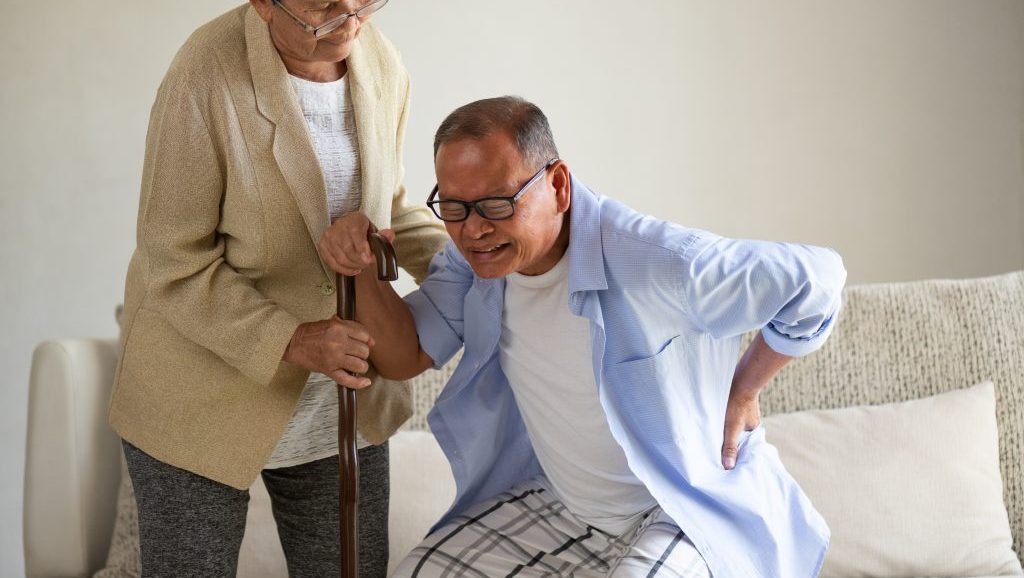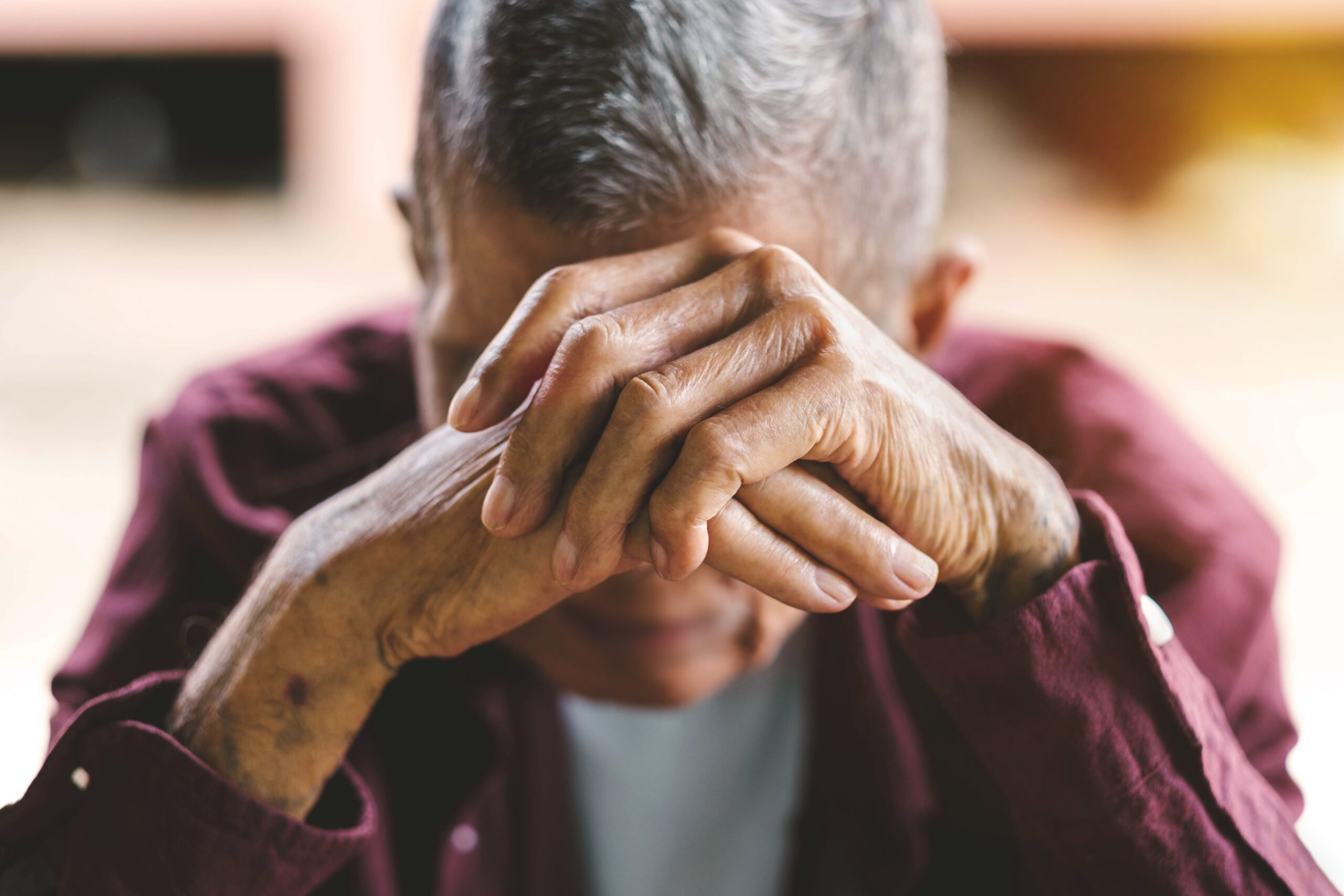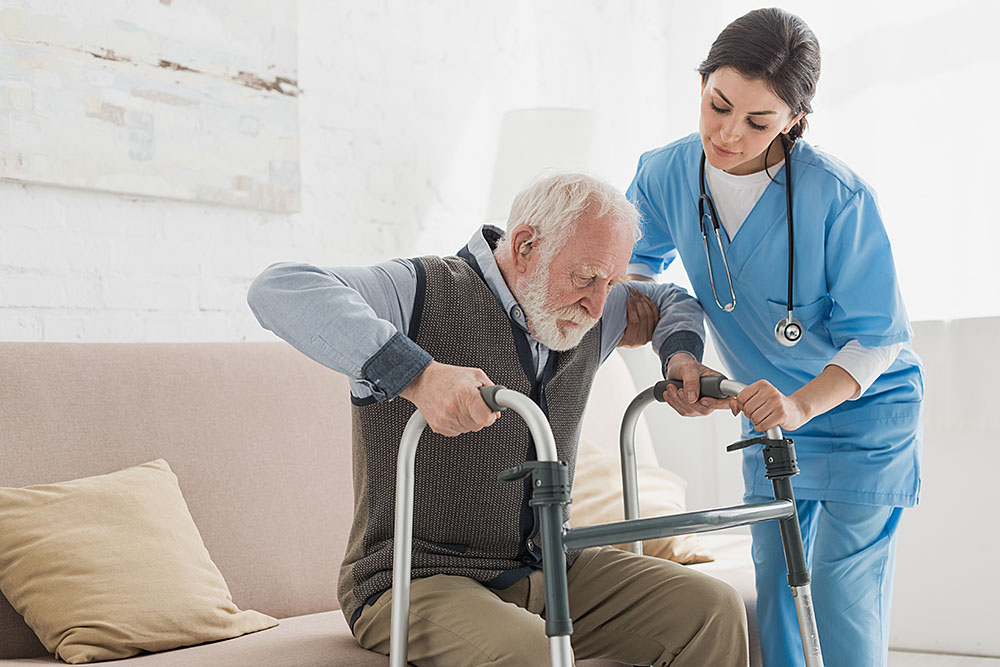In recent years, medicine has made great progress in treating chronic pain, particularly through new technology. Today’s blog is the continuation of our article where we bring you some of the most effective therapies for chronic pain. Haven’t read the first part of our article yet? Check in out here.
Exercise and Endorphins
We have all experienced the feeling of pleasure, satisfaction and general well-being obtained after a walk in the fresh air, an intense session of gymnastics or reaching the top after climbing a hill. This is because during exercise, our brain (hypothalamus and pituitary gland) has produced an exaggerated amount of these chemicals. They are also produced during sex, when we eat chocolate, and with certain foods we particularly enjoy.
Endorphins are natural substances that act like morphine, but without its addictive effects. They are very powerful painkillers, and as long as we can increase their level, it will greatly relieve the pain. Exercise is one way to do this, and doing it in a pleasant environment, such as outdoors, will make you want to do it more. Always ask your doctor what exercises you can do and you can get a professional to design a routine for you.
Stop Smoking
Unfortunately, chronic pain and the search for analgesia is a gateway to the use of addictive illegal substances (drug addiction), and smoking is also an addiction. It is very common for chronic pain sufferers to smoke as they seek a temporary sense of well-being that relieves the stress of pain.
However, studies have shown that patients who smoke need more painkillers than people who have never smoked or who have quit smoking. So smoking seems to be an enemy in pain management, and of course, a habit that has a very negative impact on overall health. Consult your doctor about current smoking cessation therapies, some of which include effective medications.
Keep a Record
If you start to note what times of the day of the week you feel the most intense pain, you will see a pattern emerge. Understanding the causes that increase pain (diet, stressful situations, postures, activities, etc.) will help you identify and modify them.
The Hare and the Tortoise
On days when the pain gets worse, you will surely regret anything you stop doing. On the days when you feel best, you tend to want to make up for lost time, and to be hectic with activity. The result: you stress more and tomorrow you’ll hurt even more.
Active time management is a problem for patients with chronic pain. Experts often use the parable of “tortoise and the hare” which means that it’s better to be like the hare, and make a slow but steady movement each day. Break down important tasks into smaller modules and take the time to do them. This will help you set more realistic and attainable goals.
Social Activity and Hobbies
While it’s true that you won’t get better by attending events with your friends or pursuing your favorite hobby, distracting yourself in an enjoyable activity will take your mind off the pin. Some studies indicate that activities that involve hand movement help manage chronic pain because they require extra concentration. This is the case for knitting, playing video games, coloring pictures or puzzles, or even using a cell phone.
Sleep Quality and Alcohol
There is a reciprocal relationship between sleep quality and chronic pain. In other words, chronic pain often causes patients to sleep poorly, and other patients feel more pain during the day if they have not slept well at night, even if they have not felt pain. If pain is the cause of insomnia, talk to your doctor about changing the medication around bedtime or including a relaxant at that time. If you can’t sleep for any other reason, leaving the relaxation or exercise session until the last minute, a relaxing bath or natural herbal tea is a good way to start sleep time. If you sleep well, you will experience improved pain management the next day.







